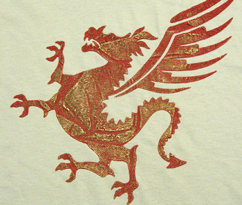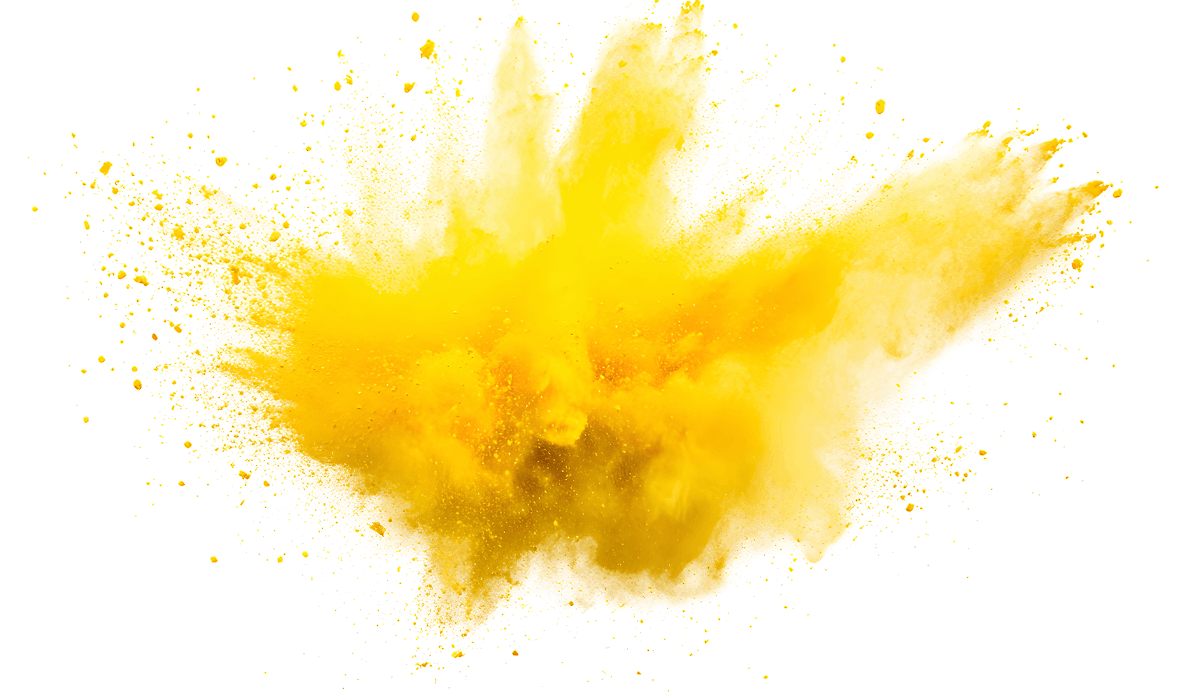We just returned from a very successful ISS Long Beach Tradeshow where we demonstrated some special effects prints using several of our specialty inks, such as the 3811 Granite Base, 505 Optilux Reflective Ink, 3707 Discharge, as well as our brand new Destructo ink. We also added foil to our Granite Base prints to give it dimension and bling and voila: A simple yet very effective print.
From the response we received and the crowds at our booth, there seems to be a lot of interest in special effects prints. So here is Kieth Stevens, our Western Regional Sales Manager, with more on this topic:
“Did you know that there are many Plastisol Ink Additives that can greatly improve your company's profits and ability to provide your customers new and unique print technique alternatives?
It boggles my mind at how many different specialty inks there are now available to the industry. I remember 25 years ago when the J&S Puff Stuff came out and it seemed so amazing. It was a water base product that puffed - WOW. Nowadays, not only can you get a puff but you can get suede or granite or sponge or several other types of unique textures.
I will attempt to name a few along with some other additives that can help you create different special effects and textures.
Let’s start with the puff additive: International Coatings makes a product called the 220 Puff Additive which is simply added to a regular plastisol ink. Puff has long been used in garment decorating to give texture and interest to a design. As the name suggests, the ink will puff up (or balloon) when it is cured.
An alternative to the puff additive is the 3810 BlowOut Base which will rise similar to the puff, but results in a spongy, more elastic texture. The base can be mixed with colored plastisol inks or color concentrates to match the design.
For creating hard 3-D texture, there are a couple of solutions: High Density (HD) Dimensional ink or the 3811 Granite Base. Use the High Density inks when desiring clean, sharp edges, whereas the Granite Base results in more rounded edges. These 3-D inks are very versatile and have been used to create a variety of different “looks” and “effects.” As mentioned, the Granite Base was used in our demo at the ISS Show in Long Beach and HD inks are a staple in the print industry today.
One of our most popular and versatile special effect inks is the 505 Optilux Reflective. This ink actually contains microscopic glass beads which have a retro-reflective coating and reflect light strongly. The ink can be printed through fine mesh counts and used for an overall design or used sparingly to highlight design elements. Either way, the effect is spectacular.
For a totally different look, try the Suede Additive (222 Dulling/Suede Additive). This ink can be used as a dulling product that, if used in a small quantity (2%), will matte the print (less glossy finish). Add about 10%-15% by weight to regular ink, and a suede texture will result. Use the Suede Additive when simulating leather designs for example.
A popular fashion trend now is foil application. International Coatings’ 3801 Foil Adhesive can be easily used to print the design just like one would print with regular plastisol ink. Cure the ink, then apply the foil with a heat transfer machine. If only part of the design is to be foiled, the 3802 Foil Resist Additive can be added to the inks used in the other parts of the design to resist the adhesion of foil.
One of our recent products, the 3804 Low Cure Additive reduces the cure temperature of the ink so that heat-sensitive fabrics resist shrinking during the curing process in the dryer. This is especially good for printing on polyester or athletic fabrics that may have dye migration problems when heated, or printing the popular non-woven polypropylene type bags.
I’d like to point out some other useful additives which are handy to have in your arsenal: The 1199 Stretch Additive will increase the elongation of the ink film. This means that the ink can be printed on today’s popular performance fabrics, such as those containing Lycra or Spandex for example.
If you would like to reduce the thickness of the plastisol ink, you can add the LBX Viscosity Modifier. The LBX is great to use when you want to maintain the ink’s opacity, since only a small amount is needed. This viscosity reducer is concentrated and will not cure on its own, so use sparingly!
Another product that is most commonly used to reduce the thickness of ink is the 1110 Curable Reducer. Since it is curable, this product can be used in any amount without fear of over-reducing.
There is also a product called 1099 Lo-Bleed Curable Reducer, which can be used when the low bleed property of a white needs to be maintained.
When the need to thicken the plastisol ink arises, the AT-050 powdered thickener does the job.
I know this sounds like a lot of products, but my advice is to start out with one or two special effects inks and experiment, experiment, experiment. Have fun!!!”

